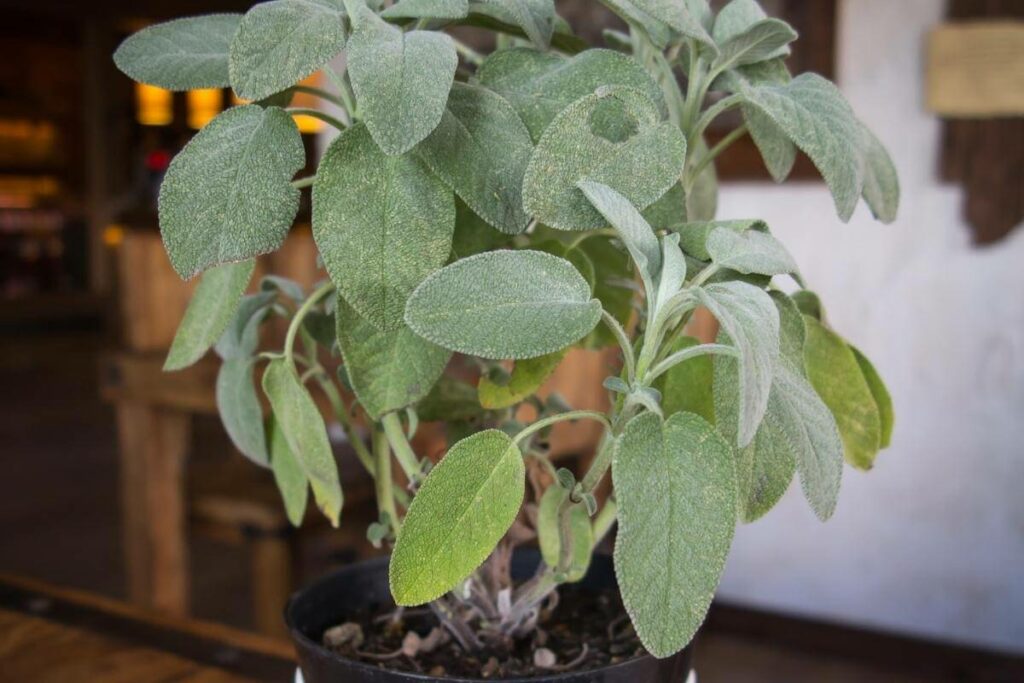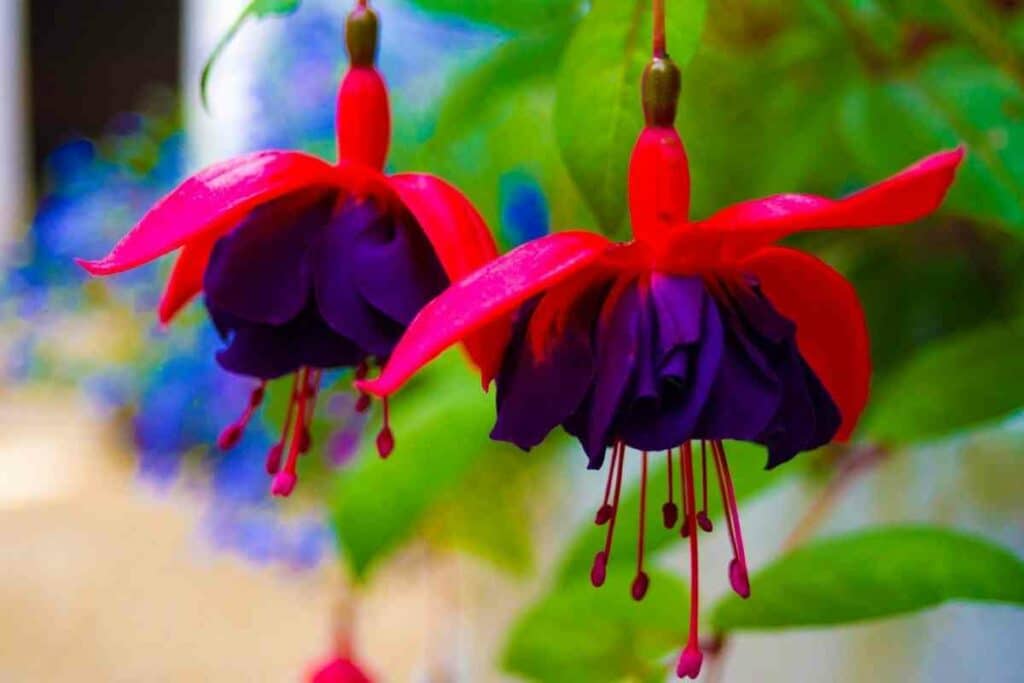For a thriving and fruitful garden, you need to recruit the efforts of a variety of winged, feathered and furry friends who can visit and pollinate your plants so that they stay at their most productive.
It’s easy to be preoccupied with eradicating pests and other unwanted insects, but by being overzealous with insecticides you may be killing off some of nature’s hardest workers.

Without natural pollination of your flowering plants, you won’t enjoy the bountiful yields of fruit and seed that it is easy to take for granted.
In this concise article, we will help you welcome pollinator species into your garden with a great selection of 11 plants, perfect for attracting pollinators to your garden!
Well also identify some of the best pollinator species to look out for and highlight the environmental importance of making your garden a great place to ’bee’ with plants for pollinators.
Pollinators Are Essential to the Integrity of Ecosystems

Pollinators are a critical biodiversity indicator that is vital for agricultural and horticultural productivity and the maintenance of a range of fragile ecosystems such as the wildflower meadow.
Pollinator species make a major contribution to agriculture
According to the US Fish and Wildlife Service, the efforts of the USA’s pollinators are responsible for over billion in crops every single year, with over a third of agricultural output reliant on pollinator species like birds, insects, and small mammals.
Best Pollinator Species
A variety of pollinators enrich biodiversity with spring and summertime visits to gardens across the country.

Here are some of the best:
- Bees are probably the first creatures that spring to mind when thinking of pollinators in your backyard. Aside from the obvious honeybee, you can find all sorts of bee species contributing to pollinations including bumblebees, miner bees and mason bees.
- Moths take over from the daytime pollination work of many insects and visit several plant species that bees may not visit.
- Wasps also pollinate plants in their search for nectar or insect prey.
- Butterflies are key pollinators and will pollinate hundreds of plants in a single day as they search for nectar. They prefer plants like Buddleja, which have clustered flowers, landing platforms and are bright and inviting.
- Bird pollination is known as ornithophily, with many bird species like hummingbirds either drinking nectar or being incidental pollinators that move pollen when they come into contact with flowers.
- Bat pollination is called chiropterophily. Pale nocturnal flowers attract bats and drink nectar at the bottom of them.
Transform Your Garden into a Pollinators Paradise With 11 of the Best Plants for Pollinators
One of the best things about choosing pollinator plants for your garden is that you can select the most fragrant and colorful plants to adorn your borders.
To help you select suitable pollinator plants to include in your garden we have followed the US Department of Agriculture’s “Gardening for Pollinators” advice. Here are 11 of the best plants to get growing right now:
1. Love-in-a-mist
Love-in-a-mist, also known as Nigella, is the ideal choice for a sow and forget gardener who wants to give nature a helping hand.

Nigella produces pretty, bush growth with feathery leaves and sweet old-fashioned pale blue flowers in with a 4-centimeter diameter in the summer, followed by ornate seed pods that will have them returning year after year.
2. Dahlia
Dahlia coccinea is a beautiful perennial that will bless you with its showy flower heads from summer through to autumn.

Plant these dahlias in rich well-drained soil in full sun.
It’s perfect for a patio or city balcony, where greenery starved local bees will thank you.
3. Climbing Hydrangea
Climbing Hydrangea (Hydrangea petiolaris, Hydrangea scandens Maxim) is a self-clinging climber with ovate deciduous foliage.

Throughout the summer and autumn, they produce their classic large flower heads with small fertile flowers at the centre and large petals surrounding the central inflorescence.
4. Sage
If you want to create a herb or physic garden, local pollinators will thank you!

Aside from being a pungent aromatic herb, sage (Salvia), is a lovely ornamental which produce blue, pink and white bract before going to seed.
Keep it warm and sage will reward you and your bees with its fragrant foliage and flowers.
Sage can be a prolific seed producer, so remove the seed heads as soon as they form if you want to curb the spread.
5. Garden Speedwell
Veronica. Longifolium, Pseudolysimachion longifolium or Garden Speedwell is a tall (up to 1.5 metres) herbaceous perennial with paired narrow leaves and flower spikes packed with small trumpets of tiny, tubular, purplish-blue flowers throughout summer and early autumn.

Perfect for a country garden. You’ll find that Garden Speedwell flowers will prove irresistible to bees, butterflies and other pollinators.
6. Crocus
Crocuses are a great choice for year-round pollinator appeal.
You can plant this family of low-growing flowering plants that grow from bulbs for blooms in early spring, summer and autumn.

Crocuses are low maintenance and will keep coming back again and again, year after year.
Plant them in borders or scatter them in your lawn.
7. French and Spanish Lavender
French and Spanish lavender look different to English lavender but are no less appealing to the pollinators in your garden.

They have lovely rich crimson, mauve and violet colouration with distinctive tuft like petals at the top of their chunky clusters of flowers.
Add a touch of the Mediterranean to your patio with these wonderfully aromantic plants that your insects will go wild over.
Their flowering season lasts from late spring through to early autumn.
8. Californian Poppy
The vivid Californian poppy is a fun and fabulous hardy annual that brings a riot of color to any garden.

Sow liberally, sit back and wait for some summer fun both you and the bees will enjoy.
Sowing these poppies is great for getting children involved in gardening and interested in the conservation of pollinators.
9. Spurges
Euphorbia or spurges are a diverse family of flowering plants from which you can select a variety of plants for year-round foliage and flowers.

Spurge plants are unusual, as their flowers do not have structures like sepals or petals.
The structures supporting the flower head attract pollinators with bold shapes, colors, and bountiful nectar.
Choose from diverse spurge varieties including E. Blackbird, E. Wulfenii, and E. Amyg Purpura.
10. Fuschia
This is a colorful, and characterful classic plant that serves local insects in gardens up and down the country.

They are incredibly simple to look after despite looking so beautiful with a variety of colors available.
You can grow these pendulous flowers as bushes or trailing varieties.
Give these beauties plenty of sun and well-drained soil and even local birds will thank you when they produce edible fuchsia berries.
11. Hyssop
If you have warmth, sun, and great drainage, this exotic herb could be just the thing for getting pollinators out and about in your backyard.

Hyssop is a member of the mint family and will grow just and enthusiastically as a flowering perennial, in a container or straight in the ground.
Hyssop draws pollinating insects with its long, leafy half-whorled flowers flower spikes that have lovely blues and pinks and a delightful aroma.
It has a variety of culinary and medicinal uses, so you can grab a handful to add to meat dishes like roasted lamb.
Quick Tips for Selecting Your Plants for Pollinators

- keep the blooms going all year round by growing a range of plants that flower at different times
- make it easy for pollinators by avoiding multi-petalled flowers
- do not use pesticides when plants are in flower
- create some nesting sites and crevices for wild bees to make their home
Rounding Up
Supporting your local pollinators is one of the best ways you can promote a healthy ecosystem and contribute to environmental sustainability.
A good mix of native, near-native, and exotic plant species is perfect for increasing the number and activities of pollinators in your garden.
